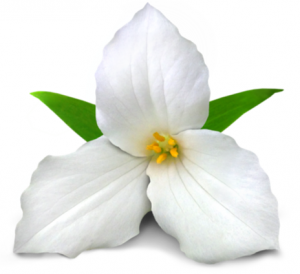 The Ontario government is regulating 10 species and four groups of similar species under the Ontario Invasive Species Act (ISA) to help prevent, control and reduce their spread within Ontario.
The Ontario government is regulating 10 species and four groups of similar species under the Ontario Invasive Species Act (ISA) to help prevent, control and reduce their spread within Ontario.
There are two classes of invasive species regulated under the ISA: Prohibited and Restricted.
For prohibited species, it is illegal to import, possess, deposit, release, transport, propagate (breed/grow), buy, sell, lease or trade these invasive species.
For restricted species, it is illegal to deposit or release restricted invasive species in Ontario and cannot be brought into a provincial park or conservation reserve.
The following species and groups will be prohibited in Ontario effective January 1, 2024:
Ide (fish)
- Potential impacts: introduce parasites, virus and disease transmission, and compete with native fishes.
Eastern and Western Mosquito Fishes (fish)
- Potential impacts: outcompete native fish species for food and habitat through aggressive feeding of zooplankton, eggs and larvae, leading to the loss of biodiversity and potential loss of some native species in Ontario.
Red Shiner (fish)
- Potential impacts: reduce native fish populations through predation on eggs and larvae, genetic impacts through hybridization, and introduction of parasites.
Oxygen Weed (aquatic plant)
- Potential impacts: dense colonies outcompete native vegetation, adversely affect water quality and impede recreational activities such as boating and swimming.
Nutria (mammal)
- Potential impacts: burrowing and foraging behaviour impacts agricultural areas and increases flooding risks, spread parasites and disease to humans, pets and livestock, and can destroy coastal wetlands.
Genus Salvinia (Watermoss – aquatic plant)
- Potential impacts: dense colonies outcompete native vegetation, adversely affect water quality and impede recreational activities such as boating and swimming.
Genus Procambarus and Genus Pacifastacus (Crayfish)
- Potential impacts: compete with native crayfish and fish species for food and shelter.
The following species and group will now be restricted effective January 1, 2024:
Eurasian Water-milfoil (aquatic plant)
- Potential impacts: outcompete native vegetation, adversely affect water quality, impede recreational activities and create habitat for mosquitoes.
Floating Primrose-willow (aquatic plant)
- Potential impacts: dense colonies outcompete native vegetation, adversely affect water quality, and impedes recreational activities such as boating and swimming.
Flowering-rush (aquatic plant)
- Potential impacts: can displace native riparian vegetation, forms dense stands which impact industrial and recreational uses of shallow waters, and reduces habitat of native fish and increases habitat for invasive fish.
Tree-of-heaven (terrestrial plant)
- Potential impacts: changes chemical and microbial activity in soils, reduces soil nutrients, displace native plant species, associated with several fungal pathogens and the preferred host to the spotted lanternfly (Lycorma delicatula).
Genus Azolla (Water Ferns – aquatic plant)
- Potential impacts: dense colonies outcompete native vegetation, adversely affect water quality, impedes recreational activities such as boating and swimming, and negatively affect wild rice populations.
- Fog Advisory (Pukaskwa to Batchawana) - April 10, 2024
- Early Spring Storm Possible (Montreal River – St. Joseph Island) - April 2, 2024
- EC – Significant Snowfall Possible (Chapleau – Gogama) - March 8, 2024
 Wawa-news.com You can't hear the 'big picture'!
Wawa-news.com You can't hear the 'big picture'!

